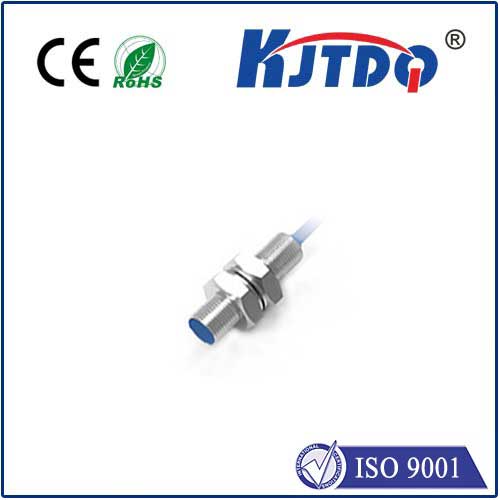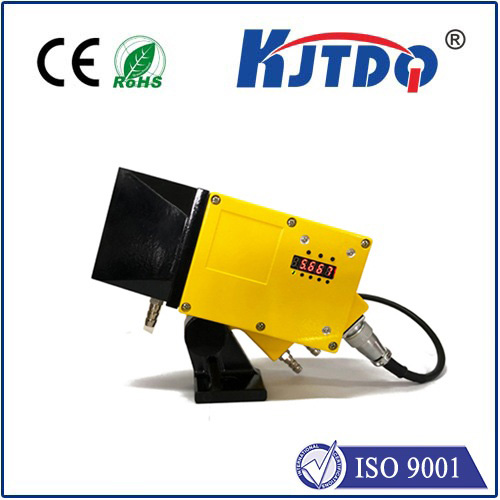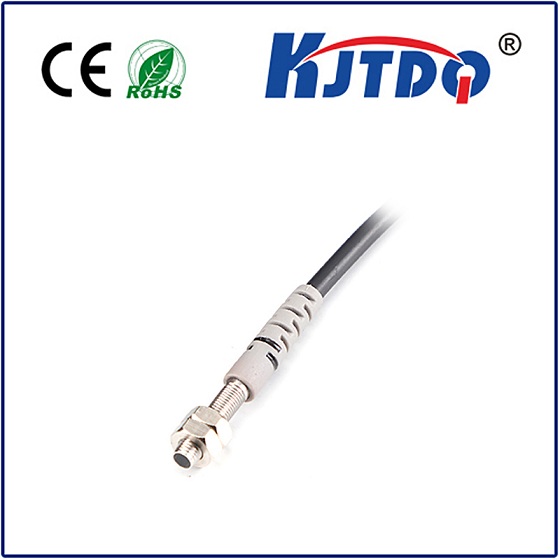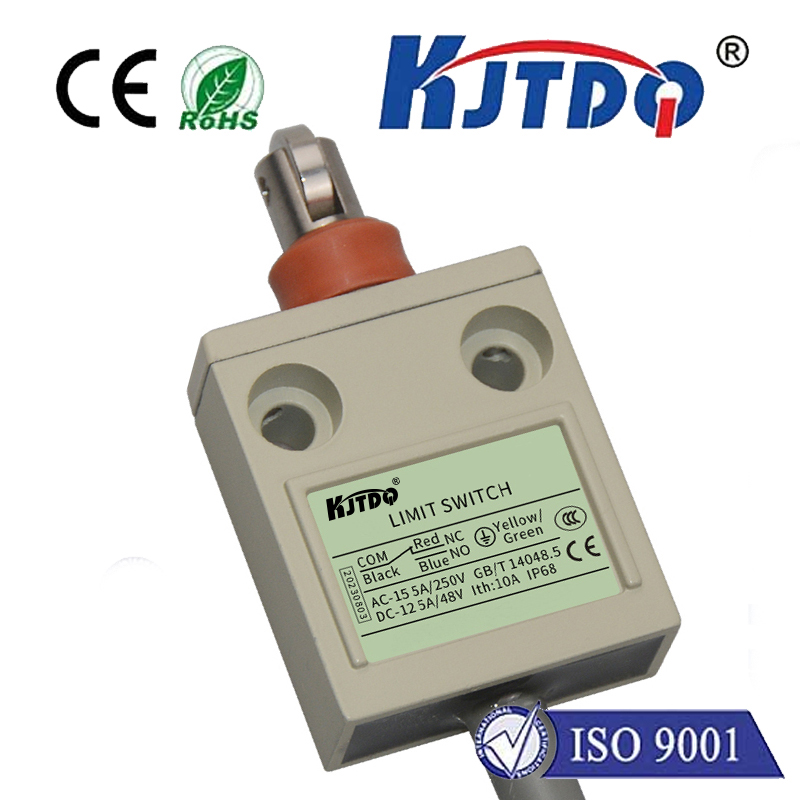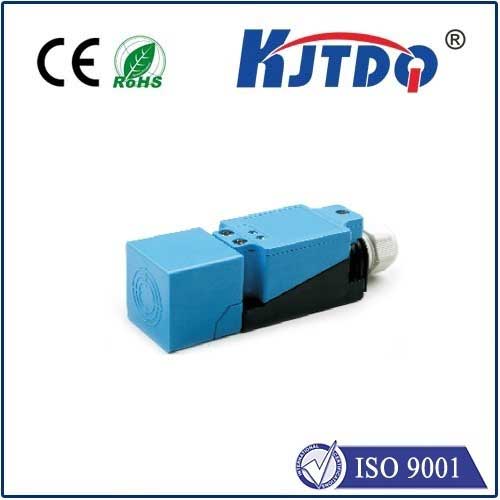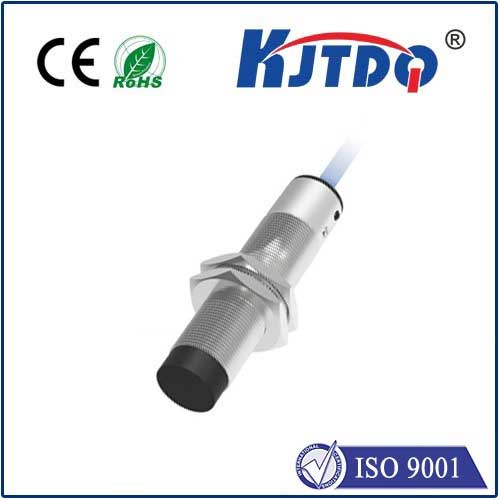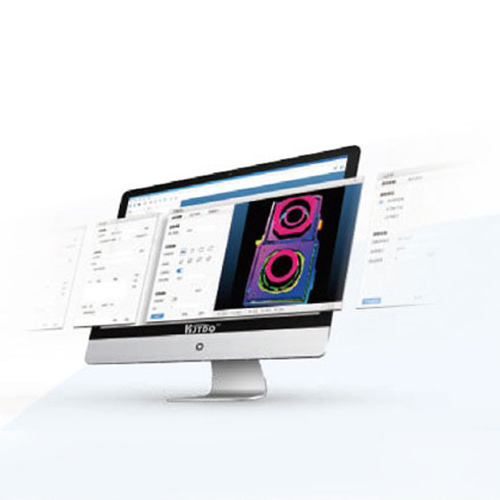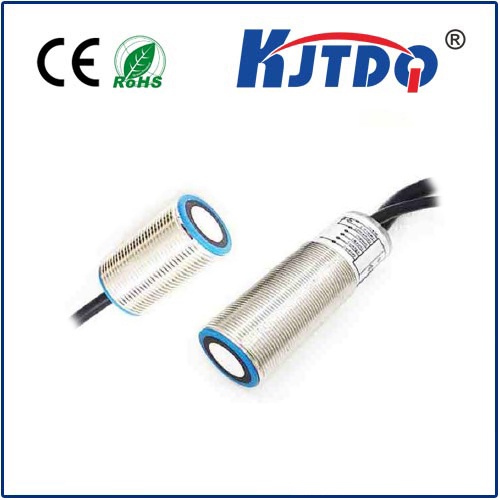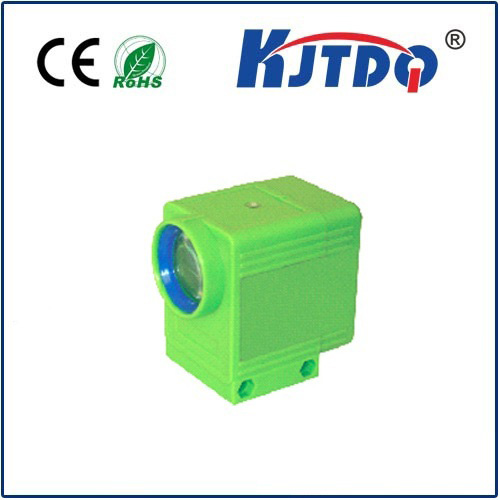westlock proximity switch
- time:2025-08-08 03:01:40
- Click:0
Westlock Proximity Switches: Unseen Guardians of Industrial Efficiency
Imagine a high-speed production line humming, robotic arms dancing with precision, and conveyor belts seamlessly transporting products. Beneath this orchestrated symphony of modern manufacturing lies a critical, often unseen, component: the proximity switch. When reliability and performance are paramount, Westlock proximity switches emerge as trusted sentinels, ensuring processes run smoothly, safely, and efficiently. These non-contact sensors are fundamental to countless automation tasks, and Westlock has established a strong reputation for delivering robust solutions that industrial operations rely on.
How Does a Westlock Proximity Switch Work?
At its core, a Westlock proximity sensor operates on the principle of electromagnetic field disturbance. Typically, an inductive proximity switch contains an oscillator circuit generating a high-frequency electromagnetic field emanating from its sensing face. When a metal target enters this field, eddy currents are induced within the target. This disturbance causes a measurable change in the oscillator’s amplitude or frequency. The sensor’s internal circuitry detects this change and switches its output state – turning it ON or OFF.
- Non-Contact Detection: This is the defining characteristic. The sensor detects the presence of an object without requiring physical touch, eliminating wear and tear, reducing maintenance, and enabling high-speed detection.
- Common Types: Westlock primarily offers inductive proximity sensors designed for detecting metallic targets (ferrous metals like steel generally offer the longest sensing ranges). They may also provide capacitive proximity sensors capable of detecting both metallic and non-metallic materials (like plastic, wood, or liquid levels).
Key Features Driving Westlock’s Industrial Adoption
Why do engineers and maintenance teams consistently specify Westlock proximity sensors? Several features stand out:

- Rugged Construction: Engineered for demanding industrial environments. Expect robust housings (often nickel-plated brass or stainless steel) offering high resistance to impact, vibration, chemicals, oils, and washdown conditions – crucial for industries like material handling, food & beverage, and heavy machinery.
- Exceptional Reliability: Consistent and dependable detection is non-negotiable in automation. Westlock sensors are designed for long service life and minimal false triggering, directly contributing to reduced production downtime.
- Optimized Sensing Performance: Offering various sensing ranges and configurations to suit diverse applications. High switching frequencies ensure accurate detection even on rapidly moving targets common on high-speed packaging lines.
- Output Flexibility: Available in standard configurations like 3-wire DC versions with NPN (sinking) or PNP (sourcing) transistor outputs, as well as Normally Open (NO) or Normally Closed (NC) logic options, providing seamless integration with most PLC (Programmable Logic Controller) systems and control circuits.
- Ease of Installation & Use: Features like LED status indicators (visualizing the switching state) and standardized M12 or M18 threaded cylindrical housings simplify mounting and connection, reducing installation time and complexity.
Core Benefits for Industrial Operations
Integrating Westlock proximity switches translates into tangible advantages for businesses:
- Enhanced Machine Safety: Provide vital inputs for safety circuits, detecting guard positions or unsafe conditions to trigger machine stops.
- Improved Process Control & Accuracy: Ensure precise positioning for assembly, machining, or sorting operations (e.g., confirming a part is in place before welding or drilling).
- Increased Production Uptime: Minimized mechanical failure due to the non-contact principle and rugged design leads to fewer unplanned stoppages.
- Reduced Maintenance Costs: The lack of moving parts needing lubrication or replacement significantly lowers long-term maintenance requirements compared to mechanical limit switches.
- Versatility Across Applications: Suitable for countless tasks including object counting, speed monitoring, end-of-travel detection on cylinders, level sensing, and part presence verification.
Where Westlock Proximity Sensors Shine (Common Applications)
The application landscape is vast, but here are prominent examples where Westlock proximity sensors prove invaluable:
- Conveyor Systems: Detecting packages, pallets, or products for counting, sorting, diverting, or triggering stops/starts. Ensuring smooth material flow is critical.
- Machine Tooling: Monitoring tool position, workpiece clamping, turret indexing, and guarding on CNC machines, mills, lathes, and presses. Precise position feedback is essential.
- Robotics: Providing end-of-arm position verification, gripper open/close confirmation, and approach/departure detection for safe and efficient robotic operations.
- Packaging Machinery: Controlling filling levels, detecting labels, verifying cap presence, and confirming case erecting/sealing on high-speed lines. High cycle rates are essential.
- Automated Assembly: Ensuring components are present and correctly positioned before joining or fastening operations. Preventing costly assembly errors is key.
- Hydraulics & Pneumatics: Detecting cylinder rod position for end-of-stroke confirmation and sequence control.
- Level Control: Capacitive variants can monitor levels of liquids, powders, or granules in tanks or hoppers (suitable for non-metallic containers).
- General Position Sensing: Any application requiring reliable, non-contact detection of metal objects within a defined range.
Choosing the Right Westlock Proximity Switch: Key Considerations
Selecting the optimal sensor involves assessing several factors:
- Target Material: Primarily metallic? If non-metallic materials need detection, a capacitive sensor is likely required.
- Required Sensing Distance: The operating distance needed between the sensor face and the target. Westlock offers sensors with different nominal sensing ranges (Sn). Remember the effective sensing distance is typically 70-80% of Sn for inductive types.
- Operating Environment: Temperature extremes, exposure to chemicals, oils, coolants, or high-pressure washdown? This dictates the required IP rating (Ingress Protection, e.g., IP67, IP69K) and housing material (brass, stainless steel).
- Mounting Constraints: Cylindrical threaded (M8, M12, M18, M30) or block (rectangular) style? Flush or non-flush mounting capability? (Non-flush offers a longer range but requires more surrounding clearance).
- Electrical Requirements: Voltage range (e.g., 10-30V DC), required output type (NPN/PNP, NO/NC), and current rating.
- Output Switching Frequency: Necessary for detecting rapidly moving or closely spaced targets.
Maximizing Performance: Installation and Maintenance Tips
Proper installation is key to reliable operation:
- Ensure the correct sensing distance relative to the target movement.
- Avoid mounting conductive materials (like metal brackets) too close to the sensing face, which can reduce effective range or cause interference.
- Secure wiring carefully to prevent strain or damage. Use shielded cable in electrically noisy environments.
- While inherently low-maintenance, periodically clean the sensing face of debris, metal shavings, or buildup that could impair performance. Regularly verify function during preventative maintenance routines.
In the intricate web of industrial automation, the humble proximity switch plays a foundational role. Westlock proximity sensors, characterized by their robustness, reliability, and precise non-contact detection, deliver the consistent performance demanded by modern manufacturing, processing, and material handling systems. Their ability to operate flawlessly in harsh conditions, minimize maintenance, and provide critical position and presence feedback makes them indispensable components. From ensuring safety interlocks function to guaranteeing packaging lines run at peak efficiency, Westlock proximity switches truly are the unseen guardians enabling






